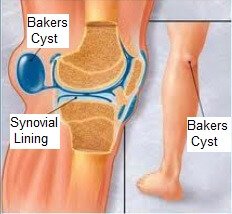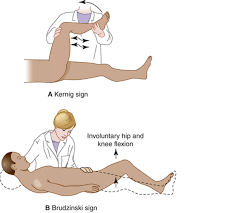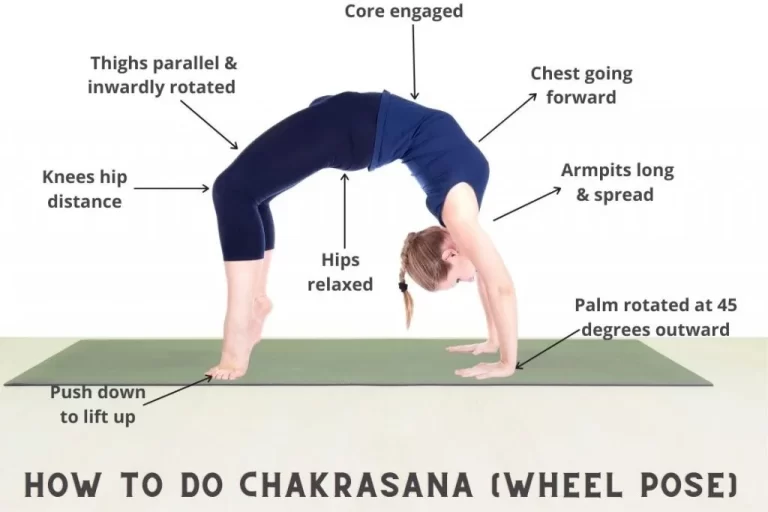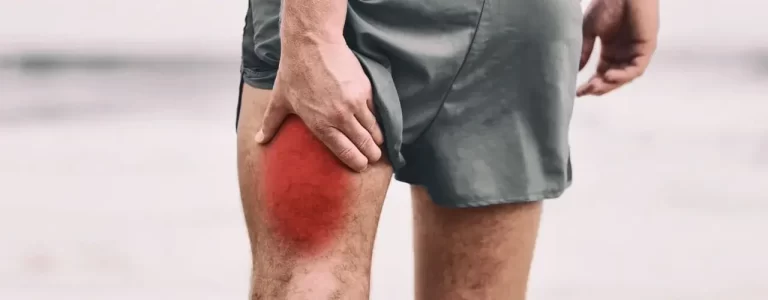Popliteal Cyst (Baker’s Cyst): Physiotherapy Treatment
Table of Contents
What is a Popliteal Cyst?
A popliteal cyst, also known as a Baker’s cyst, is a fluid-filled swelling that causes a lump at the back of the knee, leading to tightness and restricted movement. The cyst can be painful when you bend or extend your knee.
It is named after the surgeon who first described it, William Morrant Baker (1838–1896). It is not a “true” cyst, as open communication with the synovial sac is often maintained.
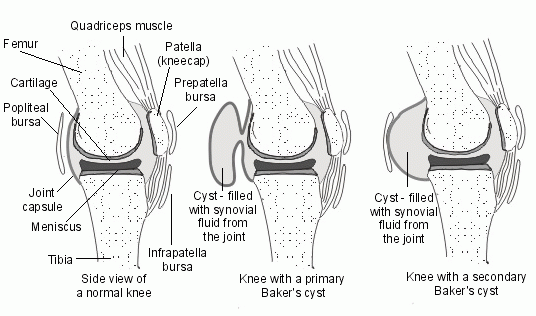
CAUSES
Synovial fluid is a clear liquid that normally circulates through the cavities in your knee joint. Sometimes the knee produces too much of this fluid. The increasing pressure forces the fluid to the back of the knee via a one-way valve, where it creates a bulge. This severe swelling of the knee causes a popliteal cyst to form.
The most common causes of a popliteal cyst are:
- Damage to the knee’s cartilage (meniscus)
- Arthritis of the knee
- Rheumatoid arthritis
- Other knee conditions that cause joint inflammation
SYMPTOMS
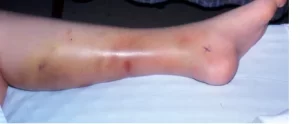
You may not feel any pain with a popliteal cyst. In some cases, you may not notice it at all.
- Mild to severe pain
- Stiffness
- Limited range of motion
- Swelling behind the knee and calf
- Bruising on the knee and calf
- Rupturing of the cyst
DIAGNOSIS
Your doctor will examine your knee and feel the swelling. If the cyst is small, they may compare the affected knee to the healthy one and check your range of motion.A Baker’s cyst is easier to see from behind with the patient standing with knees fully extended. It is most easily palpated (felt) with the knee partially flexed.
Your doctor may recommend noninvasive imaging tests if the cyst rapidly increases in size or causes severe pain or fever. These tests include an MRI or ultrasound. An MRI will enable your doctor to see the cyst clearly and to determine if you have any damage to the cartilage.
Diagnosis is confirmed by ultrasonography.
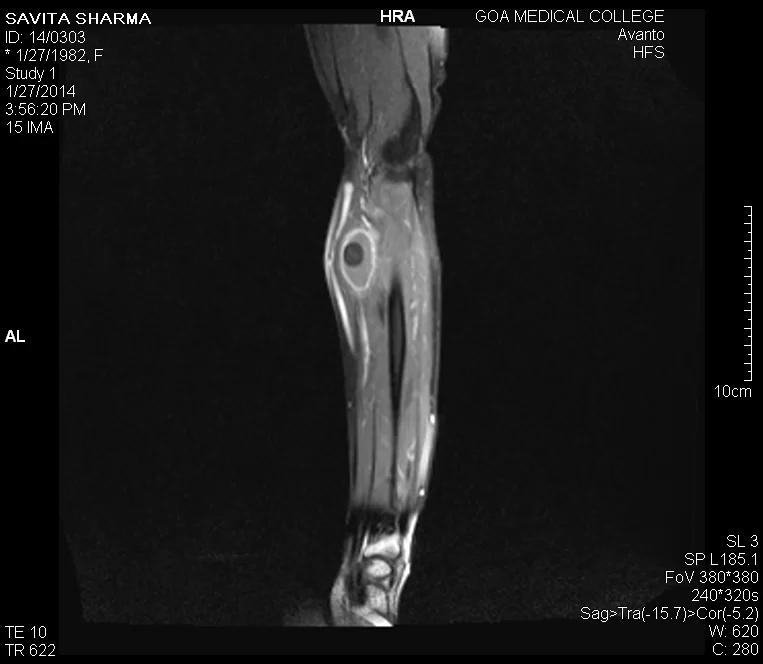
TREATMENT
A popliteal cyst often doesn’t need treatment and will go away on its own. However, if the swelling becomes large and causes severe pain, your doctor may recommend one of the following treatments.
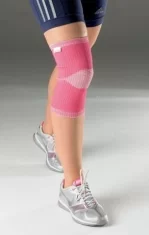
Fluid draining
Your doctor will insert a needle into the knee joint and may use an ultrasound to help guide the needle to the correct place. They’ll then draw the fluid from the joint.
Physiotherapy Treatment
- Avoiding activities such as squatting, kneeling, heavy lifting, climbing, and even running can help prevent pain
- Regular, gentle exercises may help increase your range of motion and strengthen the muscles around your knee.
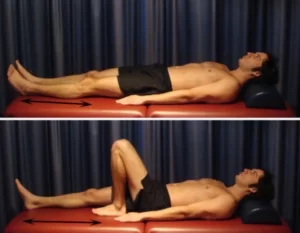
- Stretching of the hamstring and Strengthening of the quadriceps and/or the patellar ligament.

- Crutches may help alleviate the pain.
- You can also help reduce pain by using a compression wrap or placing ice on the joint.

- Ultrasound on the back of knee joint
Medical Treatment
Your doctor may recommend a corticosteroid medication, such as cortisone. Your doctor will inject this drug into the joint, and the medication will flow back into the cyst. Though it may help relieve the pain, it doesn’t always prevent a popliteal cyst from recurring.
Treating the cause of the cyst is very important to prevent the cyst from returning. As a general rule, if the cyst is left alone, it’ll go away once the underlying cause is treated. Should your doctor determine that you have damage to the cartilage, they may recommend surgery to repair or remove it.
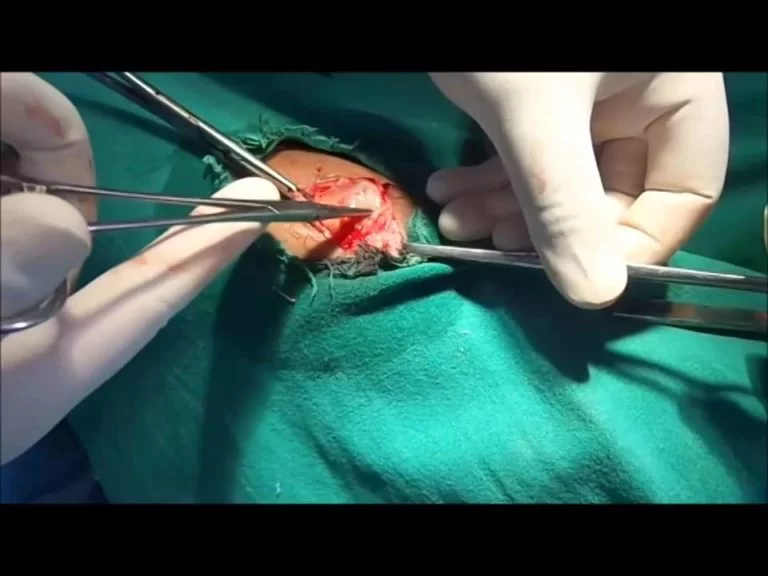
If you have arthritis, the cyst may persist even after your doctor treats the underlying cause. If the cyst causes you pain and limits your range of motion, your doctor might recommend surgery to remove it.
COMPLICATIONS
Complications associated with popliteal cysts. Complications are rare, but they may include:
- prolonged swelling
- severe pain
- complications from related injuries, such as torn cartilage
- the calf region may become red
- there may be a sensation of water trickling down the calf

